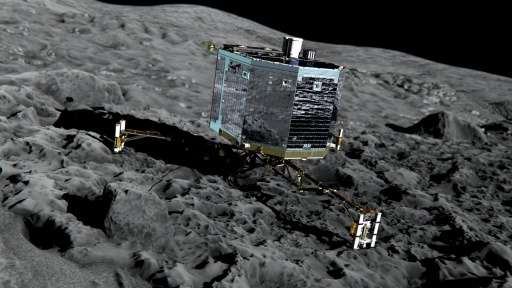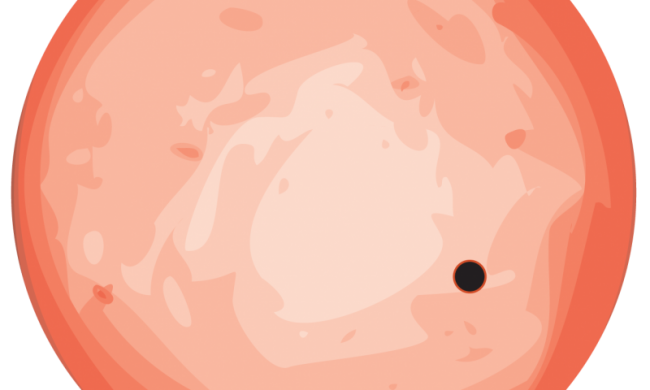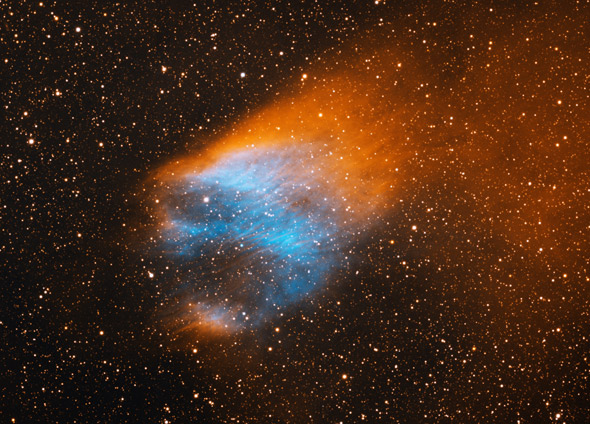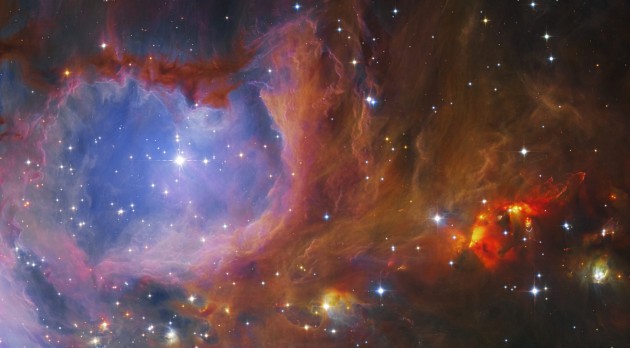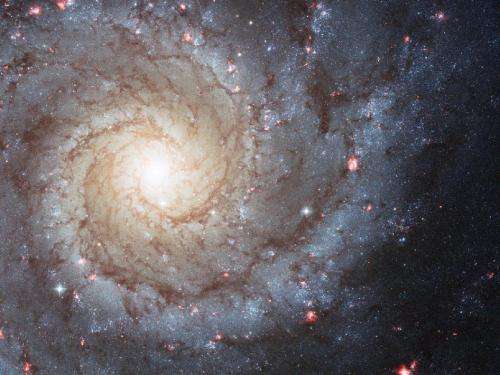One year after comet touchdown, what’s next for Philae?
An artist’s impression of Philae on the surface of comet 67P/Churyumov-Gerasimenko, released by the European Space Agency November 10, 2015 by Mariëtte Le Roux, Pascale Mollard-Chenebenoi A year ago on Thursday, the world held its collective breath as a European spacecraft dropped a tiny robot lab onto the surface of a comet hurtling towards the …
One year after comet touchdown, what’s next for Philae? Read More »

